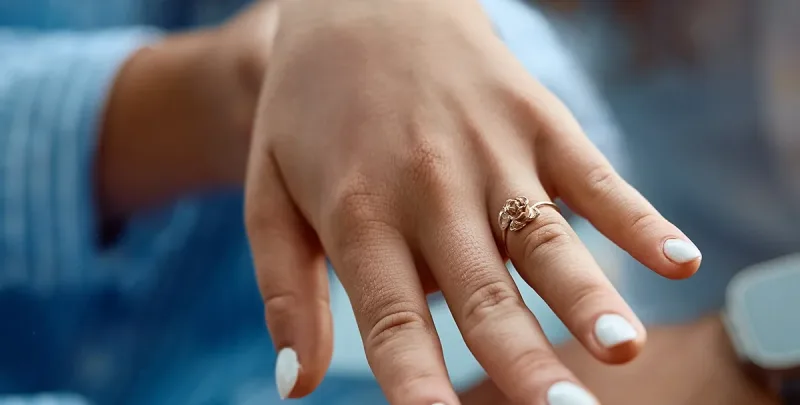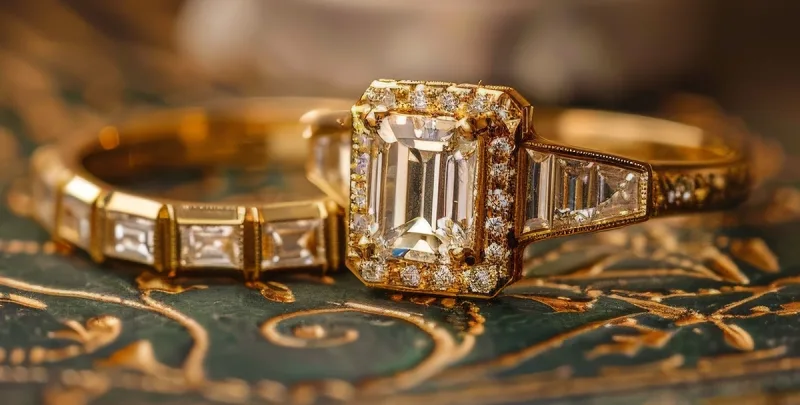When it comes to engagement rings, the diamond solitaire is the traditional favourite but there is a growing trend towards engagement rings with alternative gemstones – most notably since Will popped the question with Princess Diana’s jaw dropping diamond and sapphire engagement ring.
Home › Jewellery Insurance › Engagement Ring Insurance › Lessons from the humble garnet
Lessons from the humble garnet
So how to choose?
Well, some people take their inspiration from birthstones so, for January, we take a look at the garnet.Classed
as a semi-precious gemstone, the garnet may not be an obvious choice
for an engagement ring but it has captivated hearts and minds for
centuries.The garnet features
in Greek legend, ancient Egyptian myth and the major world religions.
Noah is reported to have carried a garnet lantern to guide the ark
through the night and it is considered to have healing, as well as
talismanic, properties. Garnet is reported as one of the gemstones in
Aaron’s breastplate, and also features in the Koran illuminating the
fourth heaven of Moslems.
The word ‘garnet’ comes from the Latin for grain and its name is thought to have been inspired by its resemblance to pomegranate seeds – a fruit associated as a gift of love in Greek mythology.
It has always been popular in jewellery – in part due to its excellent hardness (6.5 – 7.5 on the Mohs scale), which makes it one of the more durable gemstones.
One of the most iconic pieces of garnet jewellery was the 19th century cabochon garnet flower brooch worn by Jacqueline Kennedy-Onassis and sold at Sotheby’s as part of her estate for $145,000 in 1996.
Dating back much further, probably the most extensive collection of garnet studded jewellery was the Staffordshire hoard, unearthed near Lichfield in 2009. Valued at £3.28 million by the British museum, the hoard of largely military items, such as swords, helmets, coins and crosses, included 5,000kg of gold and 3,500 cloisonné garnets.
How it’s valued
While generally thought of as a red stone, garnet actually comes in a number of colours. The most common is the red pyrope garnet, which has a slightly brown tint; other types are rhodolite (purplish red), almandite (red-violet) and, the tsavorite (emerald green) and demantoid (green to emerald green). These green stones are the most valuable and flawless, and to the naked or untrained eye, may be indistinguishable from an emerald.
When to give garnet?
Aside from, of course, in January (or indeed at any time of year to those born in January), the garnet is traditionally associated with the 19th wedding anniversary – or depending which list you consult, the 2nd or 6th anniversaries!
It also carries resonance as a farewell gift to a lover about to depart on a trip (designed to ensure a speedy reunion), inspired by Hades’ gift of a pomegranate to Persephone to ensure her prompt return.
As you’ll probably have gathered, there’s more to garnet than meets the eye, and as with all precious stones, if you’re about to invest in an item of value, whether as an engagement ring or other gift of love, it’s vital to buy from a reputable jeweller who can tell his pyropes from his rhodolites. (Try Hirschfelds, specialists in fine antique jewellery and semi-precious gemstones.)
And, of course, we’d always advise you to get it insured!


























